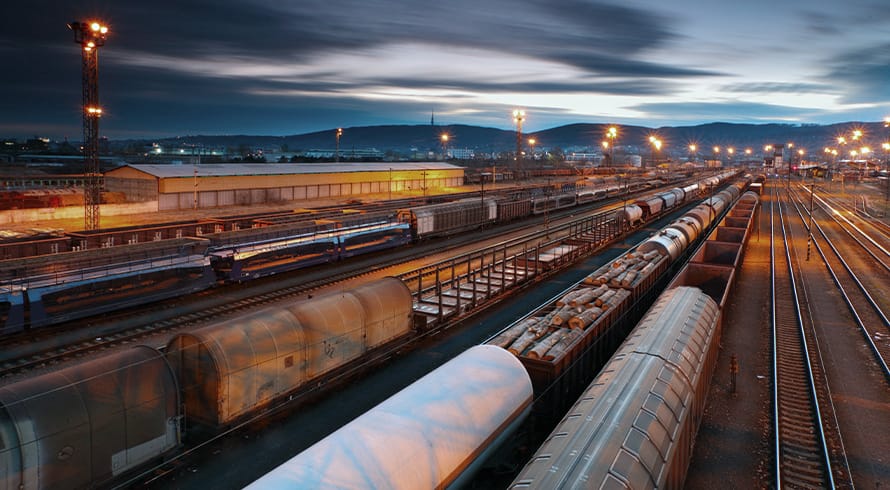Ain’t no mountain high enough - to escape neighbour law
The right to lateral and subjacent support is incidental to ownership. The nature of this right and whether it extends to buildings situated on land has long been a source of contention.
The Supreme Court of Appeal’s (SCA) decision in Petropulos & Another v Dias (Case no 1055/2018) [2020] ZASCA 53 (21 May 2020) has settled the debate regarding the correct interpretation of both the duty to provide and the right to receive lateral support from the owners of adjacent properties.
Ms Petropulos (the appellant) and Mr Dias (the respondent), owned adjoining properties in Camps Bay, Cape Town. The properties were located on a steeply sloped mountainside. During March 2008, Ms Petropulos commenced excavations on her property, near the boundary of Mr Dias’ property, in order to undertake renovations. The excavations were extensive and undertaken in order to erect a structure three floors in height, as well as a lift shaft. By August 2008, Mr Dias noticed major movements on the ground upon which his property was situated. This resulted in substantial structural damage to his home. He was of the opinion that the damage to his property was as a result of the excavations undertaken on the adjacent land. He instituted a claim for damages due to the breach of the duty to provide lateral support and based it on the principle of strict liability.
The trial court held that Ms Petropulos did owe Mr Dias a duty to provide lateral support to his property; the excavations undertaken did breach that duty; and as a result of the excavations the slope on which Mr Dias’ property was situated, mobilised and subsided. The trial court held Ms Petropulos liable for the damages that occurred on Mr Dias’ house. This finding was appealed by Ms Petropulos and came before the SCA. The SCA was required to decide whether a duty of lateral support is owed to land no longer in its natural state, whether Ms Petropulos’ excavations breached this duty, whether causation was established and whether Ms Petropulos could be held liable in the absence of the establishment of fault.
Duty to provide lateral support
The SCA discussed the two schools of thought, as evidenced in case law. According to the first school of thought, pronounced in the decision of East London Municipality v South African Railways and Harbours 1951 (4) SA 466 (E) (East London Municipality) and premised in English law, the right to lateral support is servitudal in nature and applies only to land in its natural state- it does not extend to buildings erected and developments on that land. An infringement of the right to lateral support arises from the withdrawal of lateral support and not from the damage caused by that withdrawal. The SCA, in its discussion of the second school of thought, noted the judgment of London and SA Exploration Co v Rouliot (1890-1891) 8 SC 74 (Rouliot) where it was held that the right to lateral support is a right incidental to landownership based on the principle that a landowner must use his property in a manner that does not cause damage to the property of another. According to the second school of thought, the right extends to buildings on the land. Liability for infringements of the right arise from the damage caused by a withdrawal. Liability under the second school of thought is strict, which means that a person can be held liable for the damage caused regardless of whether fault is proven.
The SCA further discussed its decision in Anglo Operations Ltd v Sandhurst Estates (Pty) Ltd [2006] ZASCA 118 where it had held that the decision in the Rouliot judgment correctly reflected the duty of lateral support in our law. The SCA rejected the decision in East London Municipality and held that the duty of lateral support was not limited to land in its natural state, but extended to buildings on the land.
The SCA considered the evidence of the experts and upheld the finding of the court a quo that the movement of the slope was triggered by the removal of lateral support. The SCA held that Ms Petropulos breached the duty of lateral support owed to Mr Dias.
Lateral Support and Causation
The SCA had further regard to Mr Dias’ submission that but for the excavations on Ms Petropulos’ property, the slope would not have mobilised. The SCA applied the test advanced in the judgment of Minister of Safety and Security v Van Duivenboden 2002 (6) SA 431, holding that Mr Dias was not required to establish with certainty that the excavations resulted in the mobilisation of the slope but that the excavations were probably the cause of the mobilisation of the slope. The SCA held that if the extensive excavations had not been undertaken, the land would most probably not have mobilised. The land had remained stable for 16 years and immediately after excavations on Ms Petropulos’ property commenced, there were major ground movements to the land. A clear link between the excavation and the slope failure was held to have been established.
Lateral Support and Fault
The SCA concluded that fault did not need to be established because the right of lateral support is a right that flows from ownership. Strict liability applies. The court reiterated there are still sufficient safeguards and flexibility in our law so as to ensure that one is not unjustifiably punished at the expense of others. Ms Petropulos’ appeal against the decision of the court a quo was dismissed.
This case is significant as the SCA took a clear stance in affirming that the duty of lateral support is not limited to land in its natural state but extends to buildings on the land. When this duty is neglected, a claim can be instituted against the party in breach for damages caused by the withdrawal of the duty. Additionally, we now have legal certainty on the notion that liability for breaching the duty to provide lateral support is strict and liability for damages caused can be found regardless of whether the act was negligent or intentional.
The information and material published on this website is provided for general purposes only and does not constitute legal advice. We make every effort to ensure that the content is updated regularly and to offer the most current and accurate information. Please consult one of our lawyers on any specific legal problem or matter. We accept no responsibility for any loss or damage, whether direct or consequential, which may arise from reliance on the information contained in these pages. Please refer to our full terms and conditions. Copyright © 2025 Cliffe Dekker Hofmeyr. All rights reserved. For permission to reproduce an article or publication, please contact us cliffedekkerhofmeyr@cdhlegal.com.
Subscribe
We support our clients’ strategic and operational needs by offering innovative, integrated and high quality thought leadership. To stay up to date on the latest legal developments that may potentially impact your business, subscribe to our alerts, seminar and webinar invitations.
Subscribe



